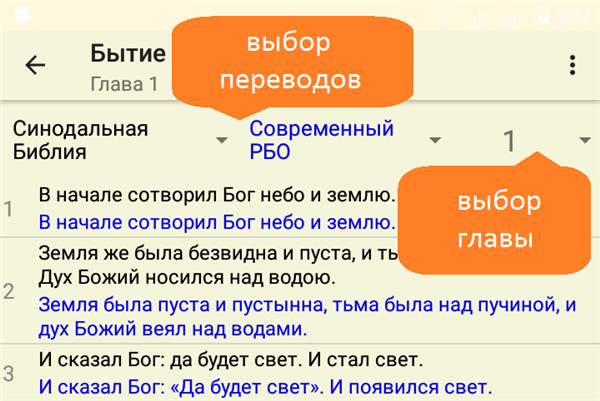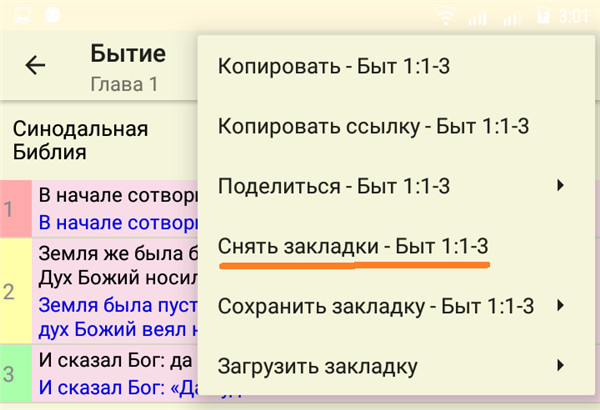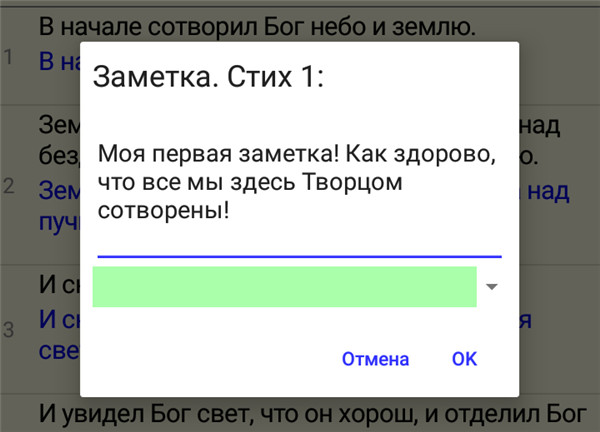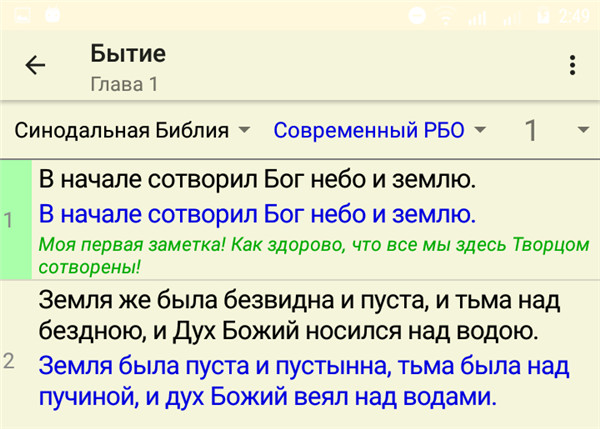The texts of the scriptures encompass a rich and diverse array of languages and translations, each offering its own unique interpretation and understanding of the sacred writings that have shaped spiritual beliefs and practices around the world. This multiplicity of versions is both a testament to the enduring significance of these texts and an invitation to delve deeper into their meanings.
Among the notable translations and original languages are:
1. Ukrainian:
• One prominent translation is by Ivan Ogienko, completed in 1962.
• This version seeks to faithfully convey the original messages of the scriptures while ensuring that it is accessible and comprehensible to readers who speak Ukrainian.
• Ogienko’s work is particularly important as it reflects not only linguistic precision but also cultural sensitivity, acknowledging the specific needs and understandings of the Ukrainian-speaking community.
2. Russian:
• The Synodal translation is perhaps the most well-known and widely used among Russian-speaking Christians, having been a standard for many decades.
• This historic translation maintains a certain theological and literary style that resonates with traditional interpretations.
• In contrast, the modern translation produced by the Russian Bible Society (RBO) aims to bring clarity and contemporary relevance to the texts, making them more approachable for today’s readers.
• This modern effort reflects a growing desire among many Christians in Russia to engage with the scriptures in a way that speaks to their current lives and experiences.
3. English:
• The New International Version (NIV) is a widely embraced translation in the English-speaking world, renowned for striking a balance between readability and fidelity to the original texts.
• This translation makes the scriptures accessible not only for casual readers but also engages scholars who require a text that is serious and accurate in its representation of the original meanings.
• The NIV is often used in various church settings, educational contexts, and personal study, making it a cornerstone for many English-speaking Christians.
4. Ancient Hebrew:
• The original language of the Old Testament is Hebrew, a language that carries profound significance in understanding the scriptures.
• Studying the texts in Ancient Hebrew reveals the linguistic nuances and cultural contexts that were pivotal to the Jewish people and their covenant relationship with God.
• This linguistic exploration allows for a deeper appreciation of the history and traditions that inform the text's interpretation and application.
5. Greek Text:
• The Textus Receptus is critical to many New Testament translations and serves as a foundational text encapsulating the early Christian writings preserved in the Greek language.
• This version is essential for those reading the New Testament as it was originally conveyed, providing insights into the theological developments and narrative styles of the early Christian era.
Together, these texts create a rich tapestry of religious tradition, language, and theological thought, offering readers a multitude of insights into the divine narrative as understood across various cultures and historical contexts. Each translation and original language version invites individuals to explore the scriptures anew, challenging them to engage with the foundational stories, teachings, and principles that have profoundly influenced faith and practice throughout the ages.
In a globalized world, the availability of these diverse translations ensures that sacred texts can continue to inspire and guide believers in their spiritual journeys, fostering a deeper connection to the divine regardless of linguistic or cultural barriers.
FAQ
Q: What is the significance of Ivan Ogienko's Ukrainian translation?
A: Ivan Ogienko’s Ukrainian translation, completed in 1962, is significant as it aims to faithfully convey the original messages of the scriptures while being accessible to Ukrainian speakers. It emphasizes linguistic accuracy and cultural sensitivity, addressing the specific needs of the Ukrainian-speaking community and enhancing their understanding of spiritual writings.
Q: How does the Synodal Russian translation differ from modern versions?
A: The Synodal translation is a historic and widely used version among Russian-speaking Christians, maintaining a traditional theological and literary style. In contrast, modern translations, such as those from the Russian Bible Society, focus on clarity and contemporary relevance, making the scriptures more approachable for today’s readers and addressing their current life experiences.
Q: What makes the New International Version (NIV) popular among English-speaking Christians?
A: The New International Version (NIV) is popular because it strikes a balance between readability and fidelity to the original texts. It caters to both casual readers and scholars, making it suitable for diverse contexts like church services, education, and personal study. This versatility has established it as a cornerstone for many English-speaking Christians.
Version History
v2.31——8 May 2025
Bible in various translations Download the latest version of Holy Bible to enjoy new features and updates immediately!
*2.31
Optimization
*2.30
Optimization
*2.29
Optimization















Ratings and reviews
There are no reviews yet. Be the first one to write one.